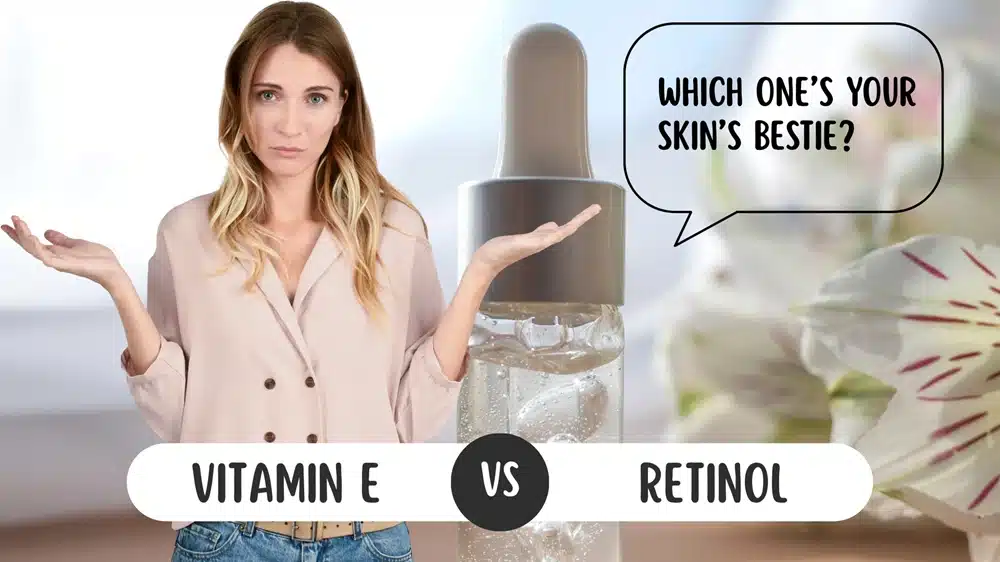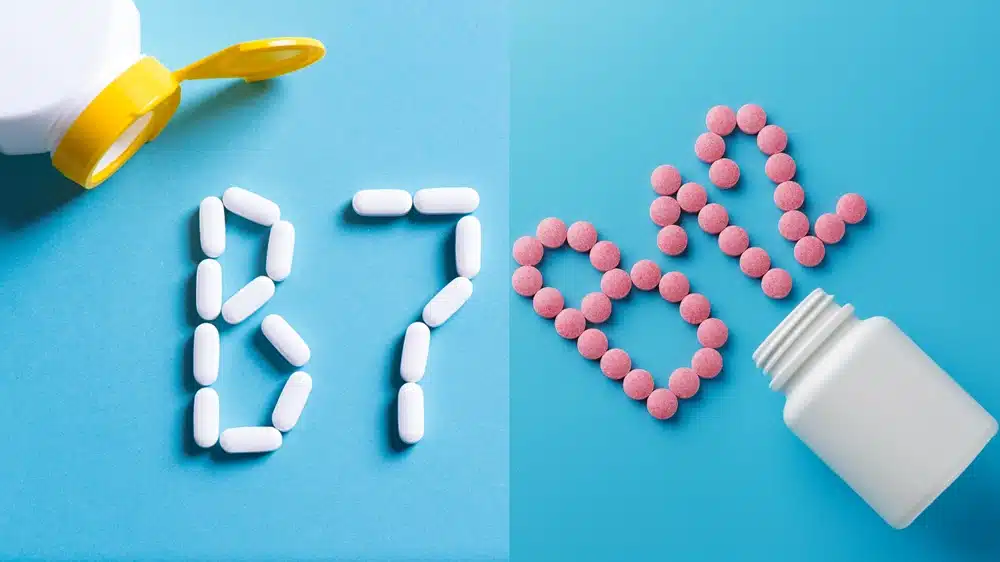Hey there, friend! Let’s talk about something we all need but don’t always think about: Vitamin A. It’s like that quiet hero in a movie—always working behind the scenes to keep your eyes sharp, your skin glowing, and your immune system ready to rumble. But here’s the big question buzzing in my mind (and maybe yours too): should you go for natural Vitamin A vs synthetic? It’s a bit like choosing between a home-cooked meal and a fast-food burger—both fill you up, but one feels a little more… right. So, grab a cup of tea, and let’s dig into this juicy topic together!
What’s Vitamin A All About, Anyway?
Picture Vitamin A as your body’s personal cheerleader. It’s a fat-soluble nutrient that’s got a knack for keeping your vision on point—ever wonder how you can spot your keys in the dark? That’s Vitamin A’s magic at work. But it doesn’t stop there. This little powerhouse also boosts your immune system (think of it as your internal shield) and keeps your skin smooth and happy. Without it, you’d feel like a phone with a dying battery—dim and sluggish. So yeah, Vitamin A’s function is pretty darn essential!
There are two main “flavors” of Vitamin A: preformed (retinol) from animal foods and provitamin A (like beta-carotene) from plants. Whether it’s natural or synthetic, your body needs it—but how you get it? That’s where the fun debate begins.

The Charm of Natural Vitamin A Foods
Oh, natural Vitamin A—it’s like a warm hug from Mother Nature herself! You’ll find it in some of the coziest, tastiest places: creamy butter, golden eggs, rich liver, or vibrant veggies like carrots and sweet potatoes. These foods don’t just deliver Vitamin A; they bring along a whole crew of nutrients that make your body hum with happiness.
Why do I love natural Vitamin A so much? For one, it’s gentler. Your body knows how to handle it, soaking it up like a sponge without much fuss. Plus, it’s less likely to overstay its welcome—meaning fewer side effects compared to its synthetic cousin. Ever tried a sweet potato mash with a dab of butter? That’s Vitamin A heaven right there, and it feels like a treat, not a chore.
Synthetic Vitamin A: The Lab-Made Contender
Now, let’s flip the script and meet synthetic Vitamin A. This one’s born in a lab, often showing up as retinyl palmitate or acetate in supplements, fortified cereals, or even that milk you grabbed on sale. It’s like the quick-fix version of Vitamin A—handy if your diet’s missing the mark, but it comes with a catch.
Here’s the thing: synthetic vitamins side effects can sneak up on you. Take too much, and your body might throw a tantrum—think nausea, headaches, or even dizziness. It’s not that synthetic Vitamin A is the bad guy; it’s just a bit pushier than the natural stuff. A study from the American Journal of Clinical Nutrition (you can check it out here) found that natural beta-carotene from food raised Vitamin A levels better than synthetic pills. So, while synthetic Vitamin A has its place, it’s not always the smoothest ride.
List of Natural Vitamins: Nature’s VIPs
Let’s shine a spotlight on some Vitamin A rockstars! These natural gems are like the VIPs at your dinner table—full of flavor and goodness. Imagine slicing into a juicy mango or roasting some carrots with a sprinkle of herbs. Here’s who’s on the guest list:
- Liver: Beef or chicken, it’s like the king of Vitamin A—super rich!
- Eggs: Simple, sunny, and packed with retinol.
- Dairy: Milk, cheese, butter—creamy and comforting.
- Carrots: Crunchy, orange, and bursting with beta-carotene.
- Sweet Potatoes: Sweet and starchy, a total crowd-pleaser.
- Spinach: Green and leafy, a quiet Vitamin A champ.
- Mangoes: Tropical bliss in every bite.
These Vitamin A foods aren’t just tasty—they’re your ticket to feeling fabulous, naturally.
Natural vs Synthetic: The Big Showdown
Alright, time for the main event: natural Vitamin A vs synthetic. Picture it like a friendly wrestling match in your kitchen. Natural Vitamin A steps in with its whole-food posse—easy to absorb, gentle, and teamed up with fats and antioxidants that make it work even better. Synthetic Vitamin A, though? It’s more like a lone wolf—potent, sure, but sometimes too intense.
Here’s a cool fact: your body absorbs natural Vitamin A from foods like liver or carrots way more efficiently. A study in the Journal of Nutrition (peek at it here) showed folks eating natural sources had higher Vitamin A levels than those popping synthetic pills. Plus, natural stuff is safer—hard to overdo it with a plate of veggies, right? Synthetic Vitamin A, though, can pile up and turn toxic if you’re not careful. I’d say nature’s got the upper hand here—what do you think?
Vitamin A Supplements: Picking Your Perfect Match

Sometimes, life gets busy, and you might need a little boost from Vitamin A supplements. But how do you choose? I’d say go for ones that lean on natural sources—like fish oil or plant carotenoids. Check the label for Dietary supplement ingredients and OEM solutions; they often signal quality you can trust.
If you’re into Vitamin A powder (hello, smoothie fans!), look for products from folks who know their stuff—like those in powder supplement manufacturing or immune health supplements manufacturing. Dosage is key too—stick to the recommended amount (more on that later), and skip the mega-doses unless your doc gives the green light. It’s like picking a dance partner—you want someone who moves with you, not steps on your toes!
How to Sneak More Vitamin A Into Your Life
Okay, let’s get practical—how do you bring more Vitamin A into your day? It’s easier than you think! Start your morning with scrambled eggs or toss some spinach into your smoothie. For lunch, roast up some sweet potatoes—maybe with a sprinkle of Vitamin A powder if you’re feeling fancy. Dinner could be a colorful stir-fry with carrots and peppers.
I love tossing mango chunks into yogurt—it’s like a mini vacation in a bowl! These little tweaks don’t just up your Vitamin A game; they make eating feel like a celebration. What’s your favorite way to enjoy these goodies?
Deficiency of Vitamin A: Don’t Let It Dim Your Spark
Now, let’s talk about the flip side: deficiency of Vitamin A. It’s like your body’s light bulb flickering—things just don’t work right. You might notice dry eyes, bumpy skin, or catching colds way too often. Kids, pregnant folks, and anyone with a picky diet are especially at risk.
The World Health Organization says millions worldwide face this issue (see their report here). But here’s the good news: a handful of Vitamin A foods can brighten that spark right back up. Ever felt off and wondered why? Could be your Vitamin A’s crying for attention!
Vitamin A Dosage Per Day IU: How Much Is Just Right?
So, how much Vitamin A do you need? Let’s break it down in IU (International Units) because, honestly, it’s less confusing than it sounds:
| Kids (1-3 years) | ~1,000 IU |
| Adults (men) | ~3,000 IU |
| Adults (women) | ~2,300 IU |
| Pregnant women | ~2,600 IU |
The National Institutes of Health has a great rundown (check it here). Too little, and you’re in deficiency land; too much (over 10,000 IU daily), and you might feel queasy. It’s like Goldilocks—just right is the sweet spot!
Vitamin A Benefits: Why It’s Your Body’s Bestie
Let’s gush about Vitamin A benefits for a sec. It’s like your body’s BFF—always there to lift you up. Sharp vision? Check. Strong immunity? Yup. Glowing skin? Oh, absolutely! It even helps your cells grow, keeping you feeling fresh and alive.
I’ve noticed my skin feels smoother when I eat more carrots—coincidence? I think not! Whether it’s fighting off a cold or helping you see the stars, Vitamin A’s got your back. Isn’t that the kind of friend we all need?
Final Thoughts: Trust Your Gut (and Nature)
So, natural Vitamin A vs synthetic—where do you land? For me, it’s natural all the way. It’s gentler, tastier, and feels like a love letter from the earth. Synthetic Vitamin A has its moments, sure, but I’d rather cozy up with a plate of sweet potatoes than a pill bottle any day.
Still, we’re all different—maybe supplements fit your life better. Whatever you choose, chat with your doctor first, especially if you’re tinkering with Vitamin A dosage per day IU. Here’s to glowing health, naturally—cheers to that!
FAQs
What is the difference between synthetic and natural vitamin A?
Natural vitamin A: Comes from food sources like liver, fish, eggs (retinol), and colorful vegetables (carotenoids, e.g., beta-carotene).
Synthetic vitamin A: Lab-made, often used in supplements or skincare (e.g., retinyl palmitate).
Is natural or synthetic better?
Natural: Preferred for bioavailability.
Synthetic: Useful for high doses or specific uses.
Depends on your needs.
What’s the best form of vitamin A to take?
General health: Natural sources from a balanced diet (e.g., eggs, carrots).
Specific needs: Supplements (natural or synthetic) if deficient—consult a doctor.
Which form of vitamin A is best for skin?
Topical retinoids (e.g., retinol, tretinoin), synthetic or natural-derived, are best for skin.
Can the body absorb synthetic vitamins?
Yes, but absorption may differ from natural forms—varies by individual.
Do synthetic and natural vitamins have the same function?
Yes, they serve the same purpose, but bioavailability may vary.
What is a synthetic derivative of vitamin A?
Retinyl palmitate: Common in supplements and skincare.
References
- American Journal of Clinical Nutrition. Natural vs Synthetic Beta-Carotene Study. https://academic.oup.com/ajcn
- Journal of Nutrition. Vitamin A Absorption Research. https://academic.oup.com/jn
- National Institutes of Health. Vitamin A Fact Sheet. https://ods.od.nih.gov/factsheets/VitaminA-HealthProfessional/
- World Health Organization. Vitamin A Deficiency Report. https://www.who.int/publications/i/item/9789241598019



